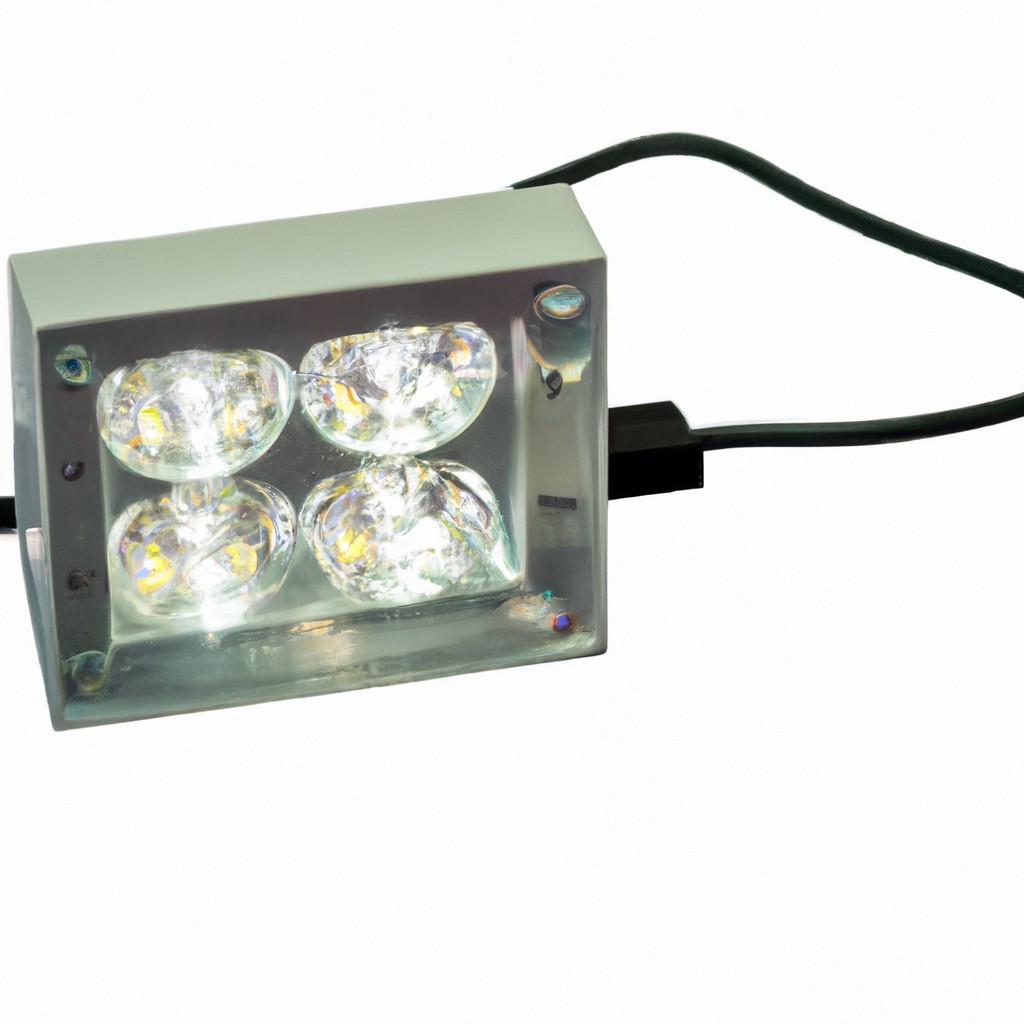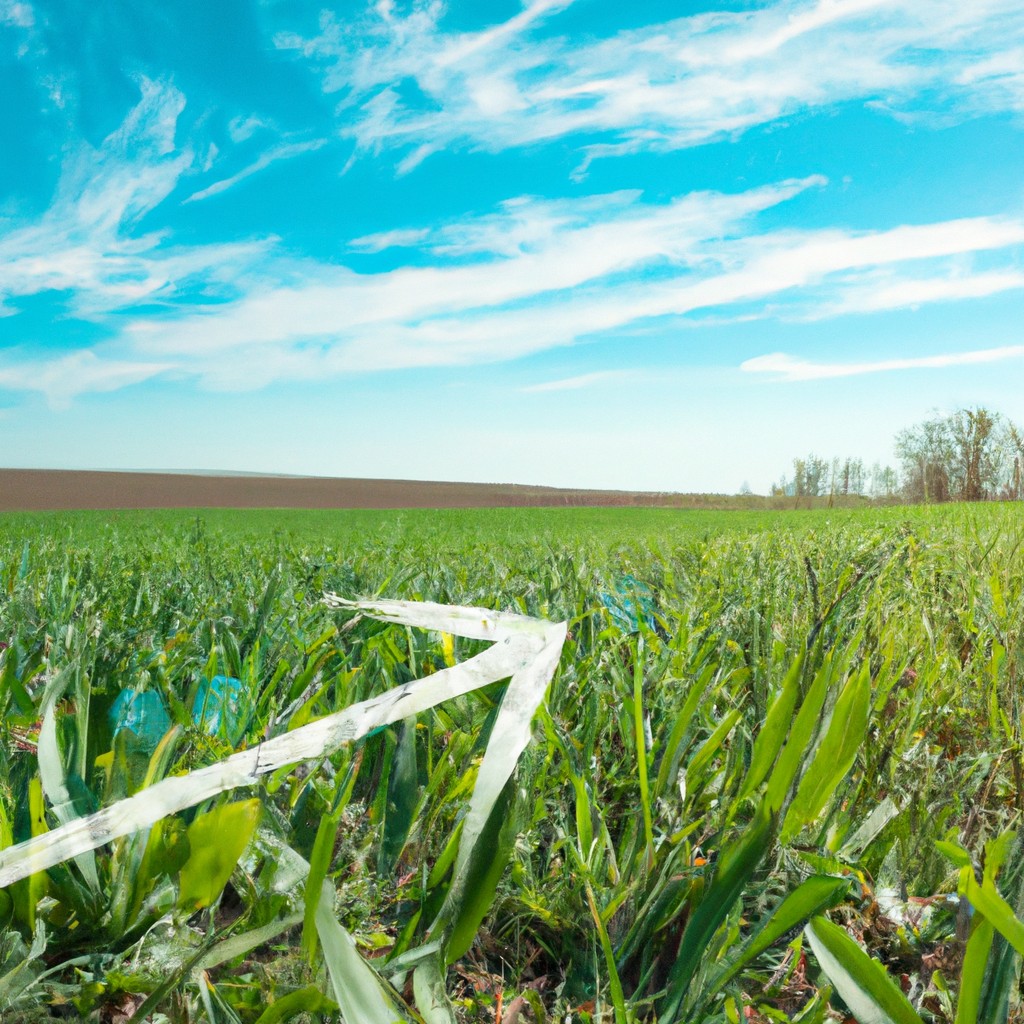Unlock the secrets to choosing agriculture LED lights that will make your plants as happy as a cow in a clover field!
Look Inside:
Types of LED Agriculture Lights

LED agriculture lights come in various types, each designed to meet different farming needs. Full-spectrum LEDs mimic natural sunlight, which makes plants want to thank you with a standing ovation of growth. They’re versatile and perfect for both vegetative and flowering stages.
Red and blue LEDs, often used in combination, focus on optimizing photosynthesis. Red light is like spinach for Popeye—supercharges flowering and fruit production. Blue light, on the other hand, is the motivational coach for leafy growth, keeping those greens strong and happy.
Then there’s the dual-band option, offering a balanced mix of red and blue. It’s like a well-rehearsed duet that makes your plants perform better than ever. Understanding these varieties will have your crops bowing to the brilliance of LED technology, figuratively, of course.
Benefits of Using Agricultural LED Lights
These lights are like the superheroes of the farming world—minus the capes but still dazzling. First off, they offer an impressive energy efficiency boost. Unlike traditional incandescent or fluorescent bulbs, LEDs consume much less power, meaning lower electricity bills and a happier wallet.
LEDs also have a longer lifespan, so you won’t be up on a ladder swapping them out every other month. They’re like the marathon runners of lighting—going the distance without breaking a sweat.
Their ability to tailor light spectrums to the specific needs of different plants gives plants exactly what they crave—no more, no less. Want to make your tomatoes blush redder? Adjust the light spectrum. Trying to coax that picky lettuce to grow faster? Tune those light wavelengths to perfection.
Additionally, LEDs run cooler, reducing the risk of heat stress on your plants. No one wants wilted spinach before dinner. Believe it or not, they also reduce the attraction for pesky insects, meaning fewer battles with unwanted critters. Less time swatting, more time farming.
And because they’re environmentally friendly, you get a gold star for sustainability. Lower carbon footprint? Check. Happy planet? Double-check.
Key Features to Consider When Buying
Look for lights with a full spectrum. Plants need various wavelengths, not just the ones to make them look spooky under blacklight. A full spectrum mimics natural sunlight, helping plants grow better.
Pay attention to the light intensity. Tomato plants don’t need the same amount of light as your aunt’s prize-winning orchids. Check the lumens and PPFD (Photosynthetic Photon Flux Density) to ensure your plants get what they need.
Consider the lifespan. You don’t want a bulb that fizzles out faster than your New Year’s resolutions. LEDs boast long life spans—some up to 50,000 hours—so make sure you’re getting one that lasts.
Think about the heat output. Plants like it warm but not toaster-oven hot. High-quality LEDs produce less heat, so you’re less likely to turn your garden into a sauna.
Also, mind the energy efficiency. A good LED should make your plants thrive without giving your electricity meter a workout. Look for lights that balance power and energy usage effectively.
Lastly, think about flexibility. Some lights come with adjustable settings to match different growth stages. A little versatility goes a long way in indoor farming.
Popular Brands and Models
Let’s dive into some big names lighting up the fields with LED technology. First up, we have Philips GreenPower. Known for its reliability and top-notch performance, it offers a variety of options tailored to different crop types. Their horticultural LEDs are pretty much the Ferraris of the farming world.
Next, consider Mars Hydro. They are the budget-friendly buddies of the farming community. Great for those who want quality without burning a hole in their pockets. Plus, they have a solid track record for growing leafy greens and herbs.
Moving on, Gavita is another heavyweight. They often get a thumbs-up for their high efficiency and durability. Perfect for large-scale operations or anyone who dreams of farm domination.
Oh, and let’s not forget about Spider Farmer. Their LEDs are fan favorites for indoor farming, especially for small to medium setups. They’ve got the right combination of power and affordability.
So, whether you’re just sprouting your farming venture or growing the next big thing in agriculture, these brands have got you covered!
Energy Efficiency and Cost Savings
LED lights are like the marathon runners of the agriculture world—they go the distance without wearing out quickly. They use significantly less energy compared to traditional lamps, which means farmers can slash their electricity bills like a ninja. And who doesn’t love saving money?
They convert more electricity into light and less into heat, so your plants get more of what they crave. Your plants will be basking in the glow without feeling like they’re in a sauna. Plus, less heat means less need for additional cooling systems. That’s extra savings right there, folks.
With long lifespans, you won’t be climbing ladders every other week to replace dead bulbs. Think of them as the energy-efficient workhorses you never knew you needed. By reducing energy consumption and maintenance costs, these lights free up funds for other farming essentials, like perhaps that shiny new composting system you’ve been eyeing.




